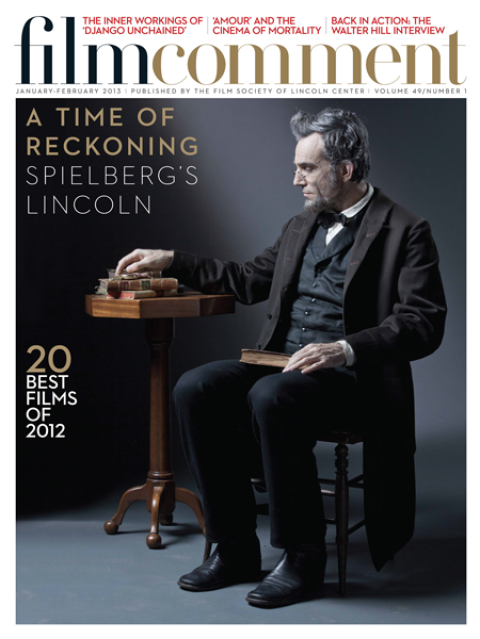
A comedy of muddy morals set against the tropically clear, aquamarine shoreline of La Jolla, California, Andy Warhol and Paul Morrissey’s San Diego Surf centers on the mismatched passions of Susan Hoffmann (Viva), a “nice, normal middle-class housewife with a penchant for surfers,” and her estranged, openly gay husband Mr. Mead (Taylor Mead). Desperate to ingratiate themselves with the town’s hoi polloi, our debauched protagonists decide to rent their summer home to a gang of beach bums played, not unconvincingly, by Joe Dallesandro, Tom Hompertz, Michael Boosin, and Louis Waldon. “If we become surfers,” Mead insists, “our status would change. We are just golfers . . . second-class citizens.”
With a cast almost identical to that of Warhol and Morrissey’s previous genre burlesque, Lonesome Cowboys (68), San Diego Surf takes its cue from the Pop artist’s tacit belief in the movie camera’s ability to cure his preening, kvetching Superstars of too much self-consciousness. The film unfolds in a series of improvised comic tableaux, none better (or more alarming) than a loosely scripted amorous encounter between Viva (holding an infant), Mead, and Dallesandro. The couple’s goofy, bumbling come-ons are punctuated by a shock moment that could have easily shut down the production (along with the careers of its directors) had a quick-thinking Dallesandro not compensated for Viva’s clumsy parenting.
The screwball plot belies the film’s dark send-up of a society obsessed with the power of celebrity and those who possess it. Set apart by their youthful beauty and vitality, Warhol and Morrissey’s sun-kissed bottle-blonde surfers don’t say much; they don’t have to, they are the aesthetic justifications of their own existences. Plied with Viva and Mead’s worshipful veneration, the surfers coolly luxuriate in their own aura, unleashing the sadomasochistic desire within the action that culminates in a perverse baptism. “I’m a real surfer now,” Mead cries rapturously in the film’s final moments, “a real surfer.”
Shot in May 1968, a few weeks before Valerie Solanas’s failed assassination attempt, San Diego Surf proved to be the last film Warhol would have a direct hand in shooting. The film existed only as a loosely assembled rough-cut until the Andy Warhol Foundation commissioned Paul Morrissey to complete it based on the original editing notes. The result is an important and welcome addition to the legacy of its co-directors and a fitting tribute to the comic talents of its two stars. Viva and Mead’s largely improvised, hilariously inspired performances speak to something elemental about Warhol and Morrissey’s cinema, a shared aesthetic that, in the ensuing years, would culminate in the movies Morrissey would direct on his own. In their films, “plot” is the device through which nominal actors externalize psychic processes and conditions, making the inner self audible and visible before the impassive eye of the movie camera. What makes Warhol and Morrissey’s films so remarkable (and relevant) is that, in their loose, unrehearsed style, fiction becomes documentary, the motif of their cinematic reality/illusion game. In the Warhol canon, San Diego Surf comes closest to anticipating the low-budget camp of early John Waters. Its punkish negation of good taste is balanced by its aesthetic intelligence, one that flagrantly breaches the boundaries between moviemaking and life.








